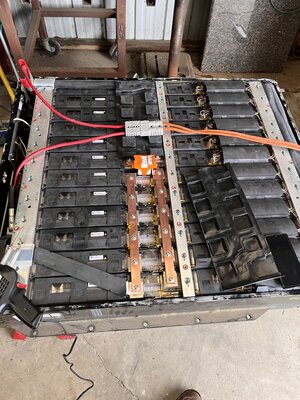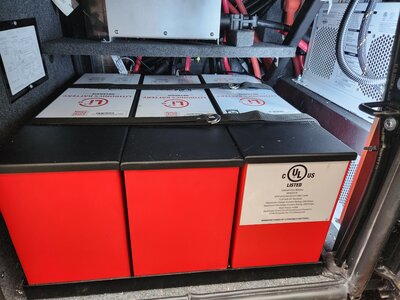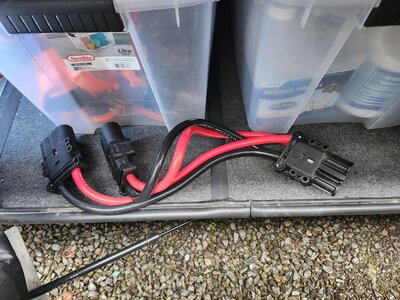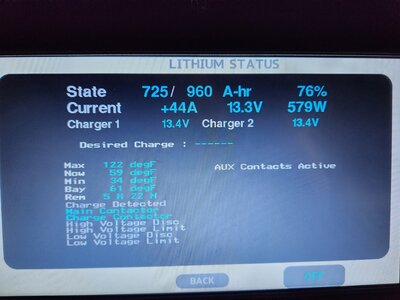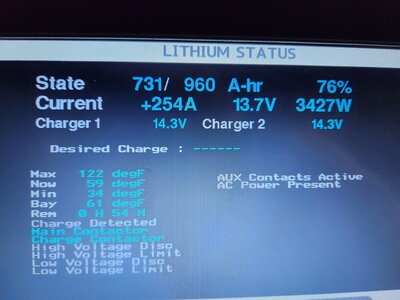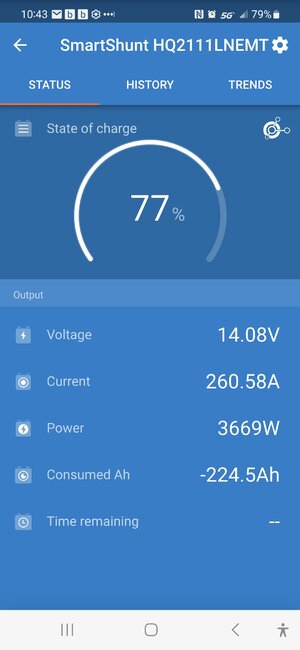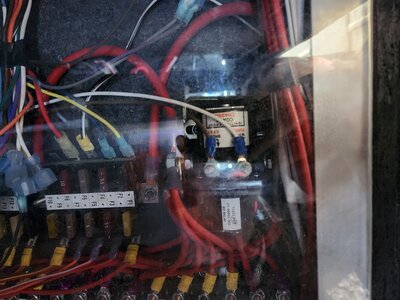- Joined
- Jan 19, 2021
- Messages
- 3,614
- Location
- Rosemary Farm
- RV Model
- Between RVs
- TOW/TOAD
- Toadless
- Fulltimer
- No
yes, using Li-ion technology requires a much deeper understanding of monitoring, balancing, and regulating the cells. As far as I know there are very few (if any) plug and play Li-ion 12v battery bank options available for use in an RV, while there is no shortage of LiFePO4 12v stuff on the market.So all y'alls know Lithium Iron Phosphate batteries are not the same as Lithium Ion batteries, right?
Best,
-Mark
There is more to be gained by using Li-ion cells re-configured for 24v or 48v systems (weight, space, power) farmed from car batteries for a much more reasonable investment (if you know where to look), but I wouldn’t recommend it to anyone without advanced knowledge of such systems. I still am not 100% sure which way I’ll go but there is something to be said for the ease and simplicity of good 12v LiFePO4 batteries.
This is an example of a Tesla battery out of a Mercedes (currently under development) that was converted from 400v to 48v for a 5th wheel and has the rough equivalence of 3300 ah at 12v. Its big and heavy but has far more capacity than the same weight/space of LiFe.
